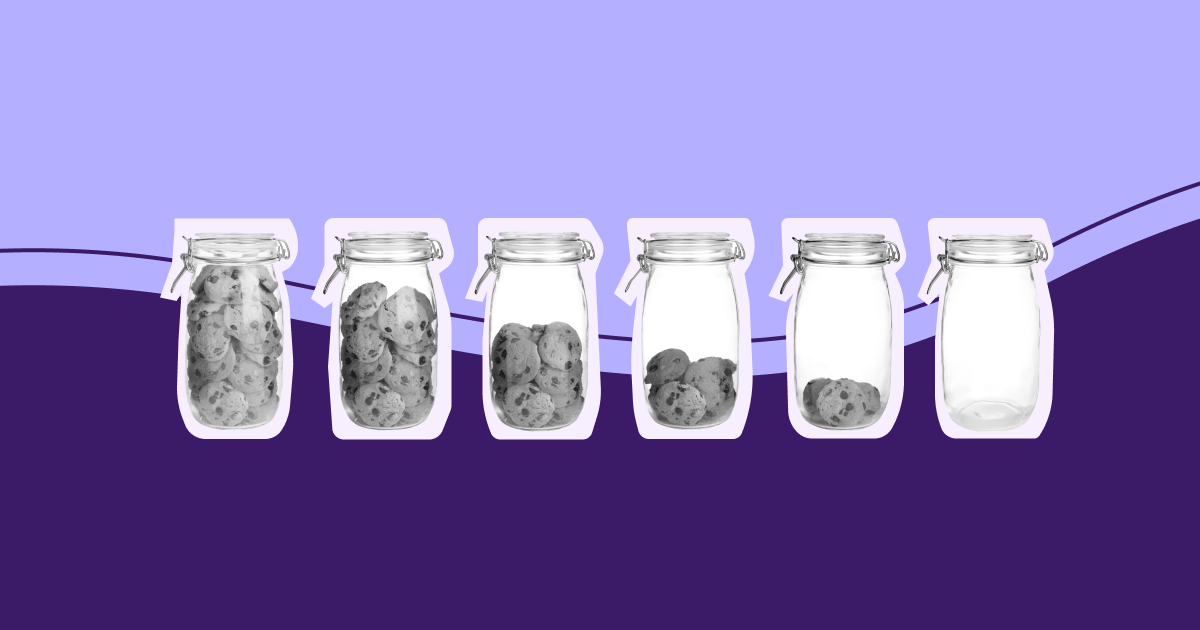The challenges of going cookieless
The digital realm is undergoing a seismic shift. Third-party cookies, once the linchpin of online advertising, are on their way out.
But it’s not all doom and gloom. This is a chance to pivot, to innovate. Think permission-based email marketing and opt-in vs opt-out strategies. It’s about building genuine relationships with your audience, not just tracking their every move.
And here’s some food for thought: high-growth brands are already leading the way. A significant 61% of them are shifting to a first-party data strategy. They’re using this data to deliver personalized content and serve up ads via programmatic media.
So, while the cookieless future might seem daunting, it’s also an opportunity to rethink, adapt, and come out stronger. Let’s unpack what this means.
Cookieless advertising: what are you losing out on?
As we transition into a cookieless world, the stakes are high. According to a McKinsey analysis, up to $10 billion in US publisher revenue is at risk due to the phasing out of third-party cookies. This significant financial implication underscores the challenges marketers face. So, what exactly are advertisers potentially losing out on in this new landscape? Let’s delve deeper.
Attribution
This is a fancy way of saying that tracking a customer’s journey across multiple platforms and touchpoints becomes a Herculean task. If a user sees an ad on their mobile device, and then later makes a purchase on their desktop, connecting those dots in a cookieless world is challenging.
Digital identity
Remember the times when you could craft a detailed profile of your website visitor based on their browsing habits? Those days are numbered. With the demise of third-party cookies, creating a digital identity for users is like trying to paint a portrait with half the colors missing.
Ad targeting
Targeted ads are the bread and butter of digital marketing. But without third-party cookies, it’s like shooting in the dark. The granular data that allowed for hyper-specific targeting will be a thing of the past. Instead, marketers will need to rely more on broader cohorts, like those proposed in Google’s Privacy Sandbox, rather than individualized targeting.
How much detail gets lost? Well, it’s like comparing a group photo to a close-up selfie. A cohort of everyone who checked out a website in the last week is like a group photo – you see the crowd but not the individual faces. But even a super specific cohort, like everyone who bought the same sneakers, is still less detailed than those up-close-and-personal cookie insights.
Loss of deeper analytics
In the golden age of third-party cookies, marketers had access to detailed data. They could see which websites users visited, which products they looked at, and how long they stayed. But as we move towards a cookieless future, this data becomes more generalized. It’s like trying to read a book with half the pages torn out.
Decreased access to data sets
Data is the lifeblood of digital marketing. But with the end of third-party cookies, the rich data sets that marketers relied on are drying up. This means they’ll need to be more creative and strategic in gathering and using data.



















